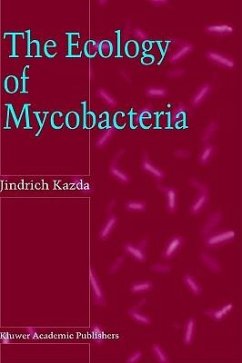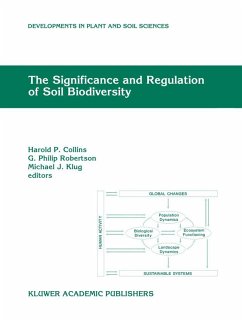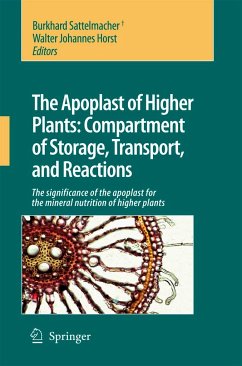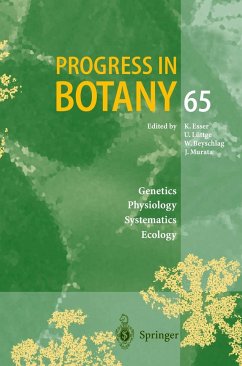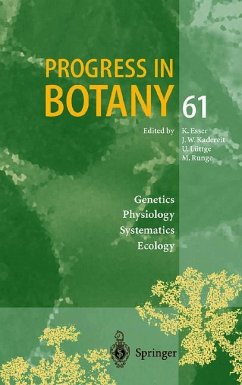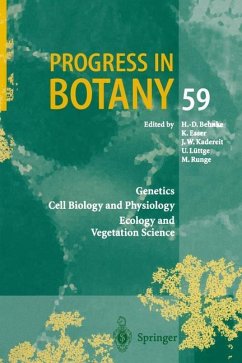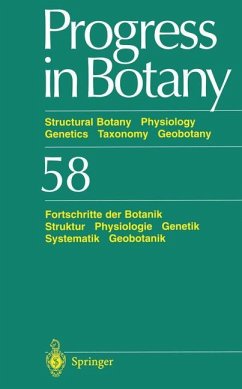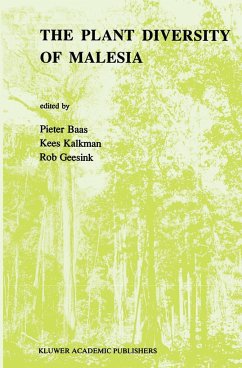
The Ecology of Mycobacteria
Versandkostenfrei!
Versandfertig in 1-2 Wochen
39,99 €
inkl. MwSt.
Weitere Ausgaben:

PAYBACK Punkte
20 °P sammeln!
Detailed information dealing with the ecology of mycobacteria is derived from a variety of different scientific fields such as botany, biochemistry, genetics, immunology, microbiology and epidemiology. This is the first attempt to evaluate this information from an ecological point of view and to develop a strategy for the prevention of tuberculosis and other mycobacterioses based on the ecological behavior of mycobacteria, especially the potentially pathogenic species capable of either growth in the environment or provoking disease. Regarding the interests of the developing countries, special ...
Detailed information dealing with the ecology of mycobacteria is derived from a variety of different scientific fields such as botany, biochemistry, genetics, immunology, microbiology and epidemiology. This is the first attempt to evaluate this information from an ecological point of view and to develop a strategy for the prevention of tuberculosis and other mycobacterioses based on the ecological behavior of mycobacteria, especially the potentially pathogenic species capable of either growth in the environment or provoking disease. Regarding the interests of the developing countries, special attention is paid to the ecology of Mycobacterium leprae and to the supporting effect of accompanying mycobacteria in its pathogenicity.
On a more positive side, environmental mycobacteria play an important role in the ecology of moorland dragonflies.
Such a book is needed for specialists working in the field of mycobacterial research, clinical laboratories, the public health service, food hygiene, the water industry and in general ecology.
On a more positive side, environmental mycobacteria play an important role in the ecology of moorland dragonflies.
Such a book is needed for specialists working in the field of mycobacterial research, clinical laboratories, the public health service, food hygiene, the water industry and in general ecology.





